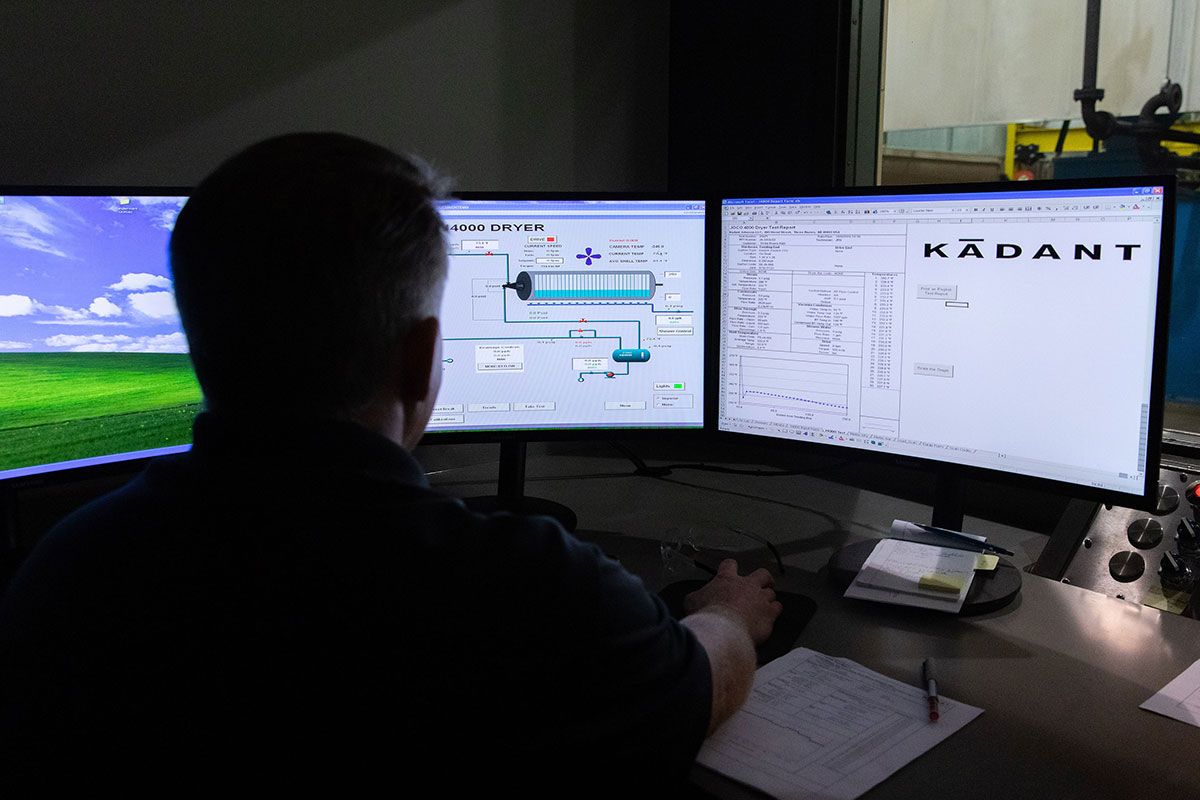System Controls

We combine controls and steam management expertise with a portfolio of steam joints, syphons, and steam handling hardware to deliver high performance. Our control systems automatically and continuously adjust steam set points to create stable and efficient processes. They consider multiple operating conditions including product grade, weight, type, speed, and moisture content. Our control system logic includes anti-flooding, thermocompressor anti-choke, differential pressure management, start-up/shut-down assistance, and process interruption intelligence. During system events, it allows the operator to adjust heat loads while keeping the system in balance. It also monitors energy efficiency and performance of the process allowing for system optimization and preventive maintenance.
Dryer Management System® Control Technology for Paper Drying
-
Automatic pressure curve/setpoint calculation for consistent performance
-
Logic for multiple scenarios (e.g. start-up) for fast adjustments to operating conditions
-
Graphic user interface for intuitive operation
-
Push button control for easy adjustments
-
Automatic system balancing eliminates dryer flooding and sheet breaks
-
Remote interface for operator control
-
Monitor and trending of energy consumption and drying rate for optimal performance
ThermoMax® Control Technology for Box Plants
-
PLC-based automation with graphic user interface for simple, intuitive operation
-
Enables high-speed operation
-
Rapid roll and hot plate temperature response allows real-time grade changes
-
Wide range of operating loads gives board weight flexibility
-
Double facer’s hot plates are divided into zones for high-performance control
-
Supervisory control of blow-through steam increases energy efficiency
-
Remote diagnostics and process analytics enable rapid troubleshooting
Industrial Steam Systems
Our steam systems and controls technology can be applied to industrial processes that use steam heat in a continuous process. The integration of steam system design including hardware, piping design, and controls give operators the process control and system integration needed to maximize quality and output. A properly designed and efficient steam system can increase response time to system upsets and production changes as well as increase uptime with proper start-up and shutdown procedures. Examples of applications that use steam heat in continuous processes are drum flaking, wet milling, and solutions mining. Industry examples include food, chemical, pharmaceutical, and oil and gas.